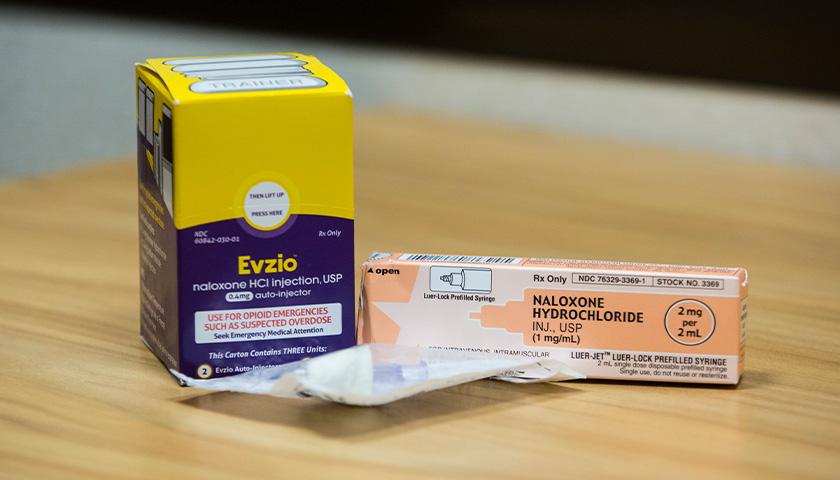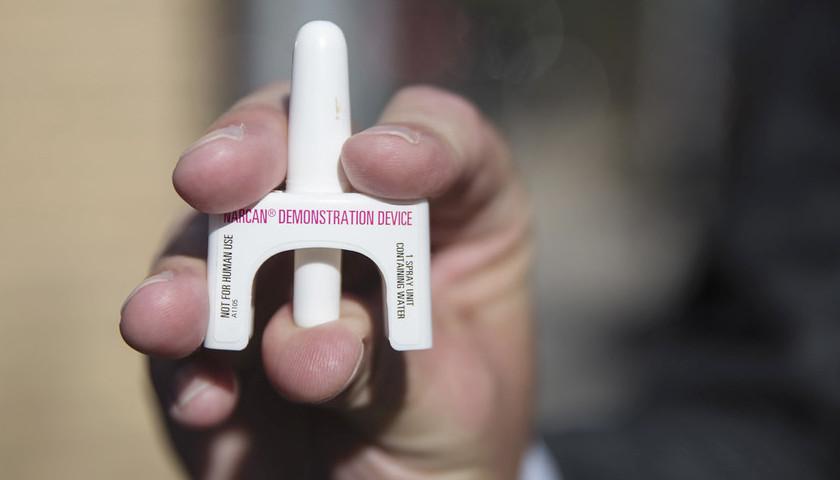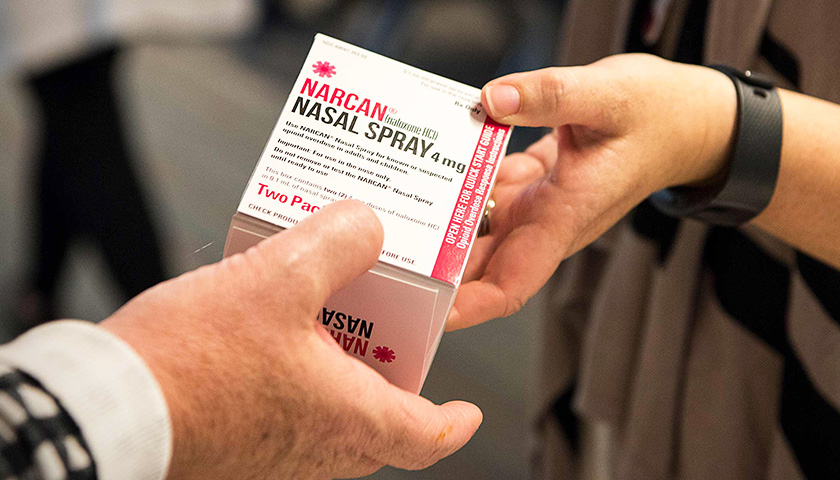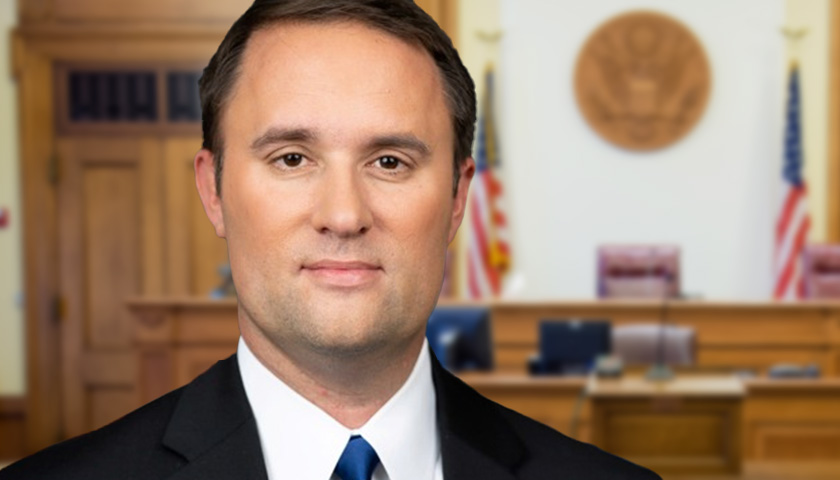by Anthony Hennen
The Department of Drug and Alcohol Programs announced a major milestone in its push against opioid overdose deaths: More than 1.3 million doses of naloxone, an overdose-reversal drug, have been sent out to first responders.
The program to provide naloxone to first responders has been active since 2017; almost 500,000 doses have been provided in the last two years.
The result has been more than 24,000 opioid overdose reversals, according to a press release.
“Naloxone saves lives. That is why access to and distribution of this opioid overdose reversal medication is so critical,” DDAP Acting Secretary Dr. Latika Davis-Jones said. “We are proud to work with our state and local partners every day to keep Pennsylvanians alive and decrease the chances of a fatal overdose. The Shapiro Administration is committed to making naloxone readily available.”
Aside from direct state purchases of naloxone, the reversal drug has been available for purchase to the general public since 2020. As a result, about 36,000 doses have been purchased, The Center Square previously reported, with an average out-of-pocket cost of $36. Individuals and organizations also can get free naloxone by requesting it from the Pennsylvania Commission on Crime and Delinquency.
State officials want to do more than expand naloxone access, however.
“While naloxone is extremely effective at saving lives, we must continue to focus on a wide range of harm reduction strategies, including helping people get treatment for substance use disorders and associated health challenges,” Acting Secretary of Health Debra Bogen said.
Getting people the help they need can often start before health care comes into play.
“Treatment isn’t just about the delivery of a medication or some other intervention that works in ideal laboratory conditions,” Nora Volkow, director of the National Institute on Drug Abuse, wrote. “It is also about the social and economic factors that shape people’s real lives, day to day.”
Ensuring that people can find a place to live, work, and a sense of stability in life can shape whether a treatment for drug addiction is effective, Volkow noted. To figure out what’s effective, however, more work needs to be done.
Pennsylvania officials have advocated for making treatment programs more accessible and better data to know what’s effective in helping people, as The Center Square previously reported.
– – –
Anthony Hennen is a reporter for The Center Square. Previously, he worked for Philadelphia Weekly and the James G. Martin Center for Academic Renewal. He is managing editor of Expatalachians, a journalism project focused on the Appalachian region.
Photo “Naloxone” by Governor Tom Wolf. CC BY 2.0.





